The Internet of Things is a network based on the Internet, and its client can be extended to any object. In the world of the Internet of Things, information can be exchanged between everything: from the house to the pencil, all through a series of complex networks. This is the “Internet of Everythingâ€. With the development of the electronic information industry, especially the development of integrated circuits, sensors and the Internet, the Internet of Things has moved from the laboratory to the application. Internet-related industries such as smart cars, smart homes and smart cities have entered a period of rapid development. Leading companies in the electronic information industry have also begun to force the Internet of Things market.
The National Semiconductor Exhibition IC China 2017, which will be held in Shanghai from October 25th to 27th, will focus on IoT and NB-IoT applications with key IoT chip design companies such as RDA and MTK. Today, please join us to see the changes in the 2017 IoT market.
Internet of Things Application Promotes Continued Growth of China's Internet of Things Market
In recent years, the concept of IoT has gradually become known, and its market size is also growing. In China alone, according to the Ministry of Industry and Information Technology, the scale of China's Internet of Things industry in 2014 was 600 billion yuan, a year-on-year increase of 22.6%. In 2015, the industry scale reached 750 billion yuan, a year-on-year increase of 29.3%. It is predicted that by 2020, the overall size of the Internet of Things in China will exceed 1.8 trillion yuan. Based on this, TrendForce has compiled the following table:
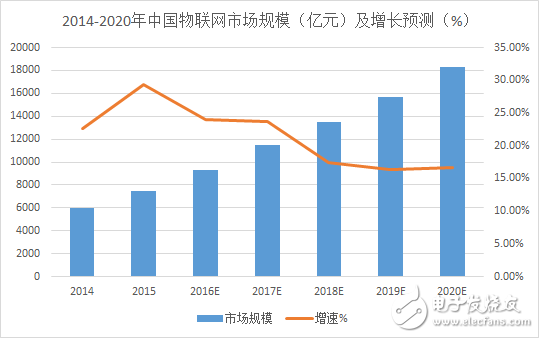
Table 1 Tabulation: TrendForce Consulting Data Source: Public Information
According to Table 1, China's Internet of Things market is showing an increasing trend and has great potential. It will break through the trillion scale at the end of this year and reach a scale of 1.8 trillion yuan in 2020.
Just as new energy vehicles are the future direction of the development of the automobile, the status of the Internet of Things in the future information world is unquestionable. The construction of the Internet of Things is an extremely complex and large project. At present, governments are striving to lay the foundation for the Internet of Things industry. The Chinese government also attaches great importance to the construction of the Internet of Things industry.
The Ministry of Industry and Information Technology requires: By the end of 2017, the number of base stations supporting the Narrow Band Internet of Things (NB-IoT) will reach 400,000. It is estimated that by 2020, the domestic NB-IoT base station will reach 1.5 million. To support NB-IoT, China's three major operators are transforming their mobile communication networks. In China, going to the government and going to the enterprise is laying a foundation for the future IoT information world.
In 2017, domestic and foreign companies stepped up their efforts to lay out the NB-IoT network.
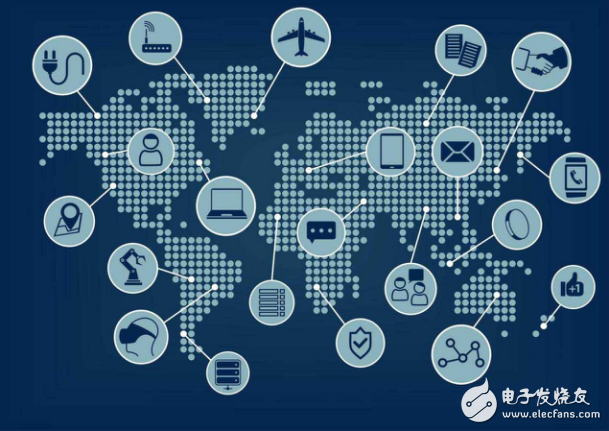
Focusing on the low-power wide-coverage (LPWA) Internet of Things (IoT) market, NB-IoT is an emerging technology that can be used globally. NB-IoT features low power consumption, stable connection, low cost and excellent architecture optimization. It is suitable for intelligent meter reading, intelligent parking, vehicle tracking, logistics monitoring, intelligent agriculture, forestry, animal husbandry and fishery, smart wear, smart home, smart community, etc. field.
In 2017, NB-IoT networks will be deployed in more than 20 countries around the world, and China is one of them.
Chinese enterprises
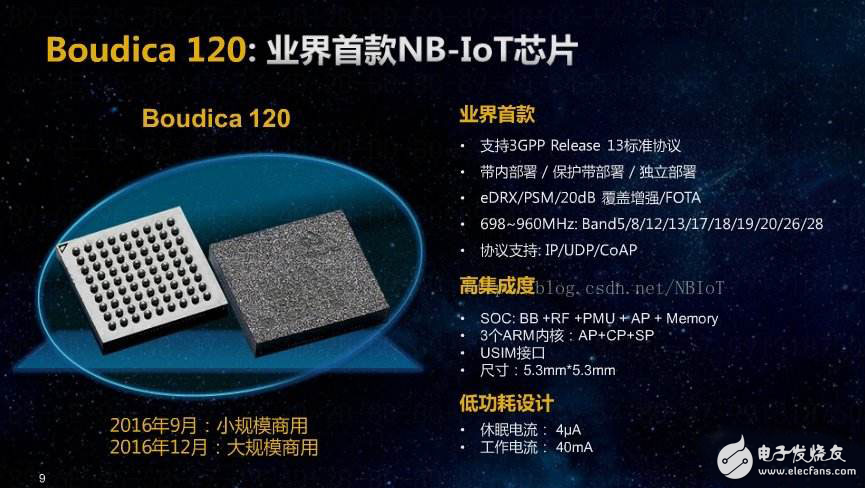
Figure 1 Huawei Hays Boudica 120 chip
Huawei Hisilicon – Chinese-funded enterprises are represented by Huawei Haisi. Huawei Haisi launched the first officially commercial NB-IoT chip as early as September last year. In the second half of this year, the Boudica 120 and 150 chips produced by Huawei HiSili and TSMC will also be shipped on a large scale. The Boudica 120 chip is equipped with the Huawei LiteOS embedded IoT operating system, and the Huawei LiteOS accelerates the IoT terminal. The Boudica 150 chip can support 698-960/1800/2100MHz. It is expected to be commercially available in small quantities in the third quarter of this year and large-scale commercial shipments in the fourth quarter.
The head of Huawei Haisi said that its goal is to build a large-scale commercial deployment and operation capability of the Internet of Things, helping manufacturers achieve 100% control and management. At present, Huawei HiSili has cooperated with more than 40 partners and more than 20 industry formats.
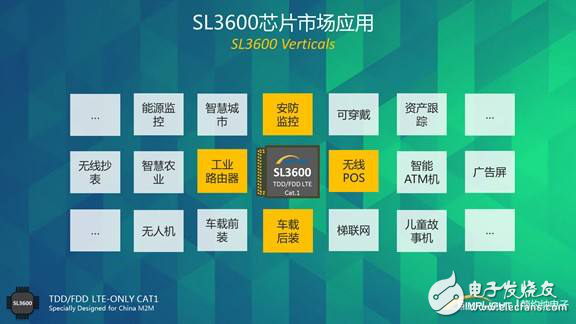
Figure 2: Simple Nano SL3600 chip market application
Simple Na - Simple (IC China 2017 Booth No.: Internet of Things Design Zone 5B006) is also a leader in the national product networking chip company. In June of this year, the SL3600 IoT chip released by Simplena is a low-cost, low-power LTE CAT1 baseband SoC chip that supports the TDD/FDD protocol. The chip has a programmable SDR architecture, multiple vector processors, high flexibility and scalability, reusable and scalable hardware and software design, reducing the complexity of secondary development of users, can be widely used in intelligent monitoring, car Internet, smart home and industrial Internet of Things. Wang Yuzhong, CEO of Simple Nano, pointed out that with more than ten years of core technology in chip research and development, the chips we launched are unique. The SL3600 chip uses the processor core SL-CORE (CPU) of our company's independent intellectual property rights, from the core of the solution. The security of the networked chip has emerged from the development of a Chinese "core" IoT chip.
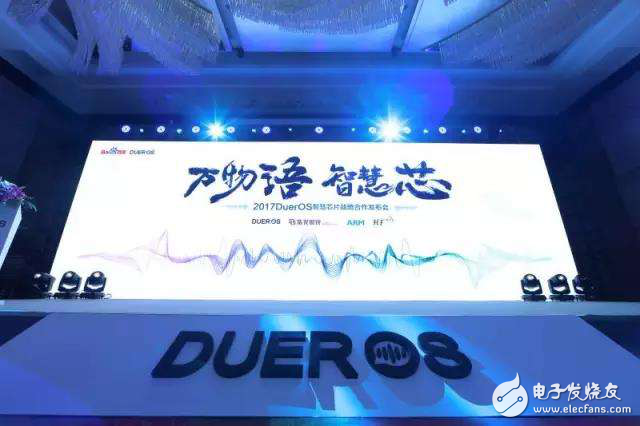
Figure 3: The smart chip release of Baidu DuerOS equipped with Ziguang Zhan Rui RDA5981
Ziguang Zhan Rui - Ziguang Zhan Rui (combined by Spreadtrum and Rideco, IC China 2017 Booth No.: Internet of Things Design Zone 5B089) IoT chip is also worthy of attention. The company's fully integrated low-power WiFi chip RDA5981 for the Internet of Things reduces device size, development cost and power consumption, and increases the computing power, security and other features of the device. The chip has been adopted by Baidu DuerOS. According to Mao Yinwei, Director of RDA Marketing, Zhan Rui will participate in IC CHINA, which will focus on the wide-area Internet of Things (LTE/NB-IOT/GPRS, etc.) and the local Internet of Things (WiFi & BT&GPS, etc.), which will interpret a series of new and innovative Internet of Things products lead the outbreak and future of the Internet of Things market.
Based on RDA5981, Ziguang Zhanrui's RDA is launching a new generation of highly integrated voice AI single-chip solution RDA5956 chip. Supporting WiFi & BT, Codec, Nor Flash and other functions with higher integration, it can be widely used in human voice interactive IoT products such as WiFi speakers, smart home appliances and wireless monitoring. It is reported that in the second half of this year, Ziguang Spreadtrum will also launch the RDA8909 chip, which complies with the 3GPP R13 NB-IoT standard and can support the latest 3GPP R14 standard through software upgrade.
Taiwan-funded enterprises
MediaTek (IC China 2017 Booth No.: Internet of Things Design Zone 5B086) - As early as 2015, MediaTek launched the low-power chip MT2503 for the Internet of Things market. Recently, MediaTek released a new generation of low-power chip MT2625. . The MT2625 is the industry's first chip to support the 3GPP NB-IoT (R13 NB1, R14 NB2) standard. It has the advantages of low power consumption and small size, and is currently an important partner of China Mobile.
In addition, MediaTek has a layout in the field of car networking chips. In November 2016, MediaTek also announced its entry into the automotive electronics market. Starting from the first quarter of 2017, four application areas for advanced driver assistance systems (ADAS), high-precision millimeter-wave radar (mmWave), automotive infotainment systems, and telematics systems (TelemaTIcs) , launched a new chip solution and platform. At the same time, MediaTek will invest 200 billion Taiwan dollars (about 43.92 billion yuan) in the development of auto-driving, artificial intelligence and other chips in the next five years.
Foreign companies
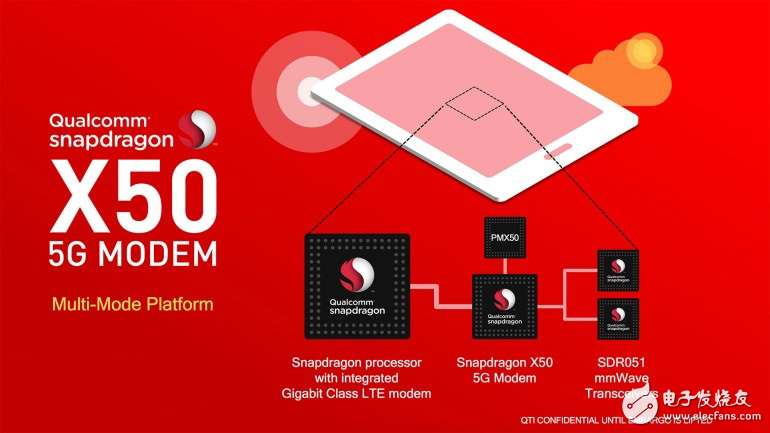
Figure 5 Qualcomm X50 chip
Qualcomm - mobile phone chip giant Qualcomm also saw the Internet of Things market. 5G is the foundation for the realization of the Internet of Things. Qualcomm's first Snapdragon X50 chip supporting 5G network will start sampling in the second half of this year. The first commercial products with built-in X50 chip are expected to be launched in the first half of 2018.
At the same time, Qualcomm also launched a variety of IoT chips, including the first launch of the Snapdragon 600E and 410E last year. These chips are used in digital signage, set-top boxes, medical imaging, point-of-sale systems, industrial robots and other Internet of Things (IoT) related applications.
In addition, Qualcomm's ambition is also reflected in the field of car networking. In October last year, Qualcomm increased its position in automotive chips such as ADAS, security systems, in-car entertainment systems, car networking, and powertrains through the acquisition of NXP Semiconductors. At present, the Internet of Vehicles, the in-vehicle Gigabit LTE, and the in-vehicle information system are also the focus of Qualcomm.
IoT set masters ARM
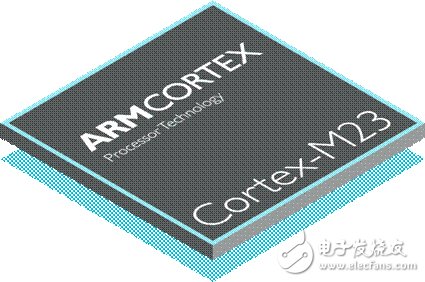
Figure 6 ARM Cortex-M23 embedded processor
ARM - When it comes to the Internet of Things, you have to say ARM. Unlike the general IoT chip companies, ARM is mainly researching the Internet of Things architecture. ARM launched the mbed platform as early as 2014 and officially announced its entry into the IoT market. ARM is not satisfied with just providing IP to chip vendors, they want to connect hardware vendors, software service providers and cloud providers based on the ARM mbed platform.
The transformation of traditional chip companies into IoT chip companies involves not only security and efficiency, but also all aspects of the supply chain. ARM's IoT architecture provides convenience for enterprises with transformational needs. ARM's Cortex-M23 and Cortex-M33 are the first embedded processors based on the ARMv8-M architecture. The ARM TrustZone technology introduced provides system hardware isolation for trusted software, providing confidentiality and integrity to the system. The application scenarios of TrustZone include authentication, payment, and content protection.
After three years of hard work, ARM's ecosystem has become the industry's most successful IoT collaboration system with more than 1,000 partners. ARM's latest technology portfolio ensures secure IoT applications enable chip-to-device management on any cloud platform.
When the Internet of Things develops to a certain stage, the era of unified architecture is about to come. NB-IoT will gradually evolve to R14 and R15 to become the basis of 5G LPWA. The Internet of Things architecture will also tend to be unified. In the future, the development of related enterprises will be more efficient. Which step can the ARM architecture take? Worth we look forward to!
IC China 2017 shows you the future of the Internet of Things industry
Do you feel that you are not addicted to seeing it here? Still want to understand the future of the Internet of Things industry? It doesn't matter, from October 25th to 27th, 2017, the 15th China International Semiconductor Expo and Summit Forum (IC China 2017) held by Shanghai New International Expo Center W4 and W5 will focus on semiconductor design, packaging and testing. And cutting-edge applications such as the Internet of Things, memory, MCU, smart manufacturing and intelligent networking. We have attracted Ziguang Zhanrui, MediaTek, Simplified Nano, Tianjin Feiteng, Angbao Electronics, and Gaoyun Semiconductor to focus on IoT chips. The NB-IoT (Narrowband Internet of Things) technology and smart home industry innovation integration forum will be held at the exhibition site. Leaders and industry experts from the Communication Industry Association and China NB-IoT Industry Alliance will give speeches on related topics.
IC China 2017 will cooperate with the world's leading consulting organization, Jibang Consulting, to host the "2018 Global High-Tech Industry Development Forecast" during the exhibition, and simultaneously release the industry's authoritative forecast report. Jibang Consulting will gather industrial analysts from its research departments such as DRAMeXchange, WitsView and Tuoba, with the theme of global technology industry development in 2018, combining macroeconomic environment, industry segmentation and technological trends, and in-depth analysis of each of 2018. The driving factors for the development of the electronic technology industry provide a preliminary strategic planning reference for the industry and enterprises. It is reported that IC China exhibitors will have some valuable free participation places, so stay tuned.
What you want to see and want to know is at IC China 2017! Come! Join us to promote the development of the Internet of Things industry!
China manufacture for Popular Custom Vape Pen, high quality battery, quality e-liquid and food safty material.
Prefilled Vape
Newmax Electronics Co.,Limited , https://www.advvape.com
